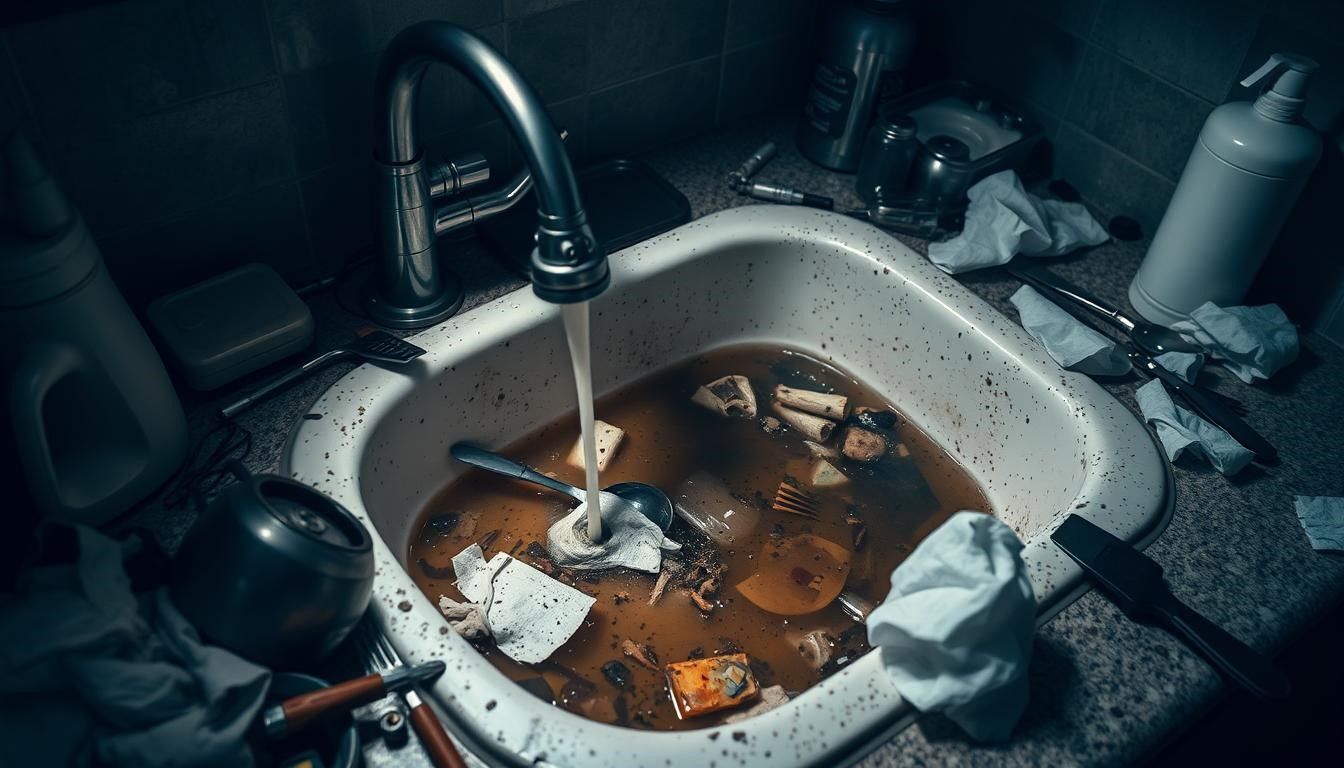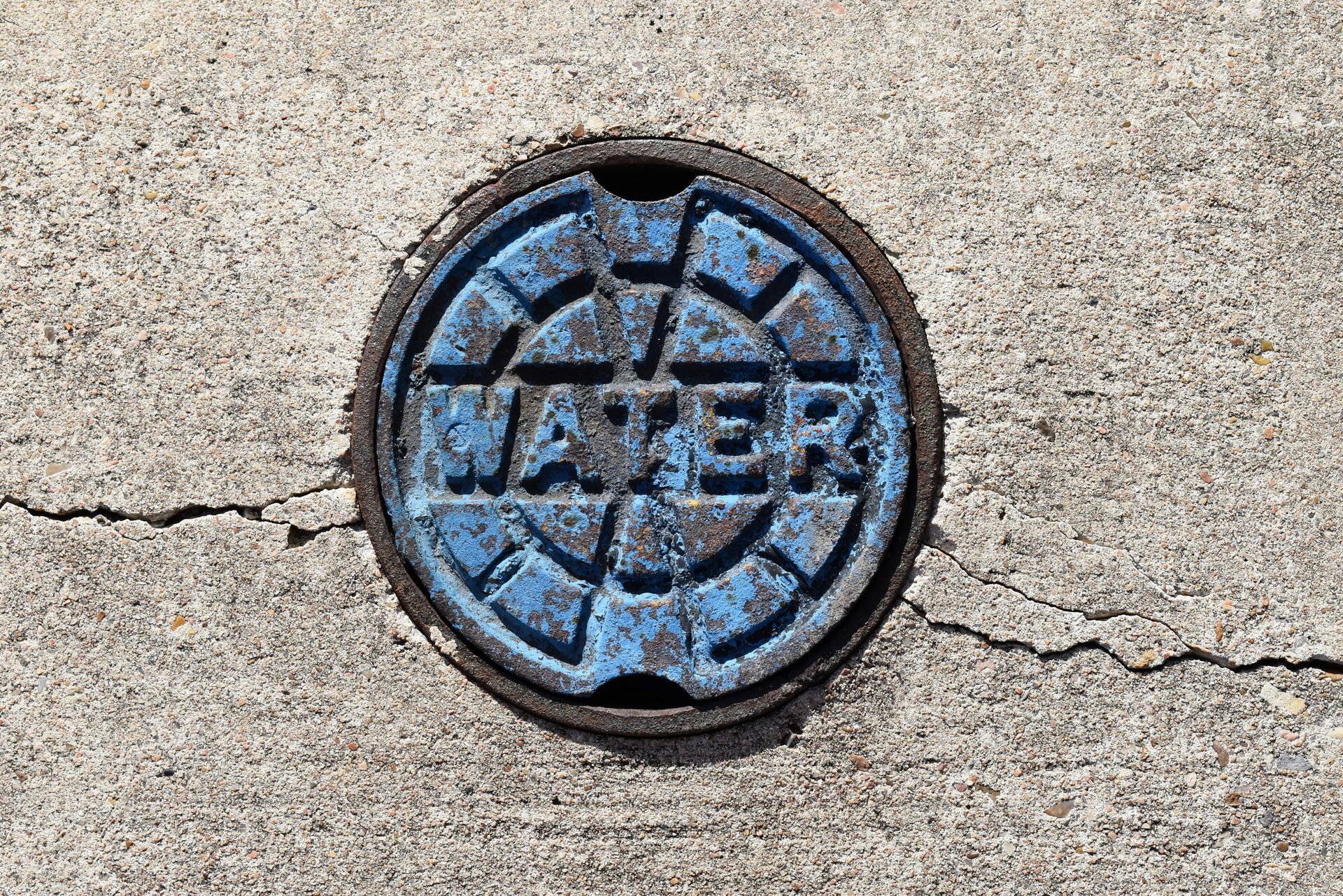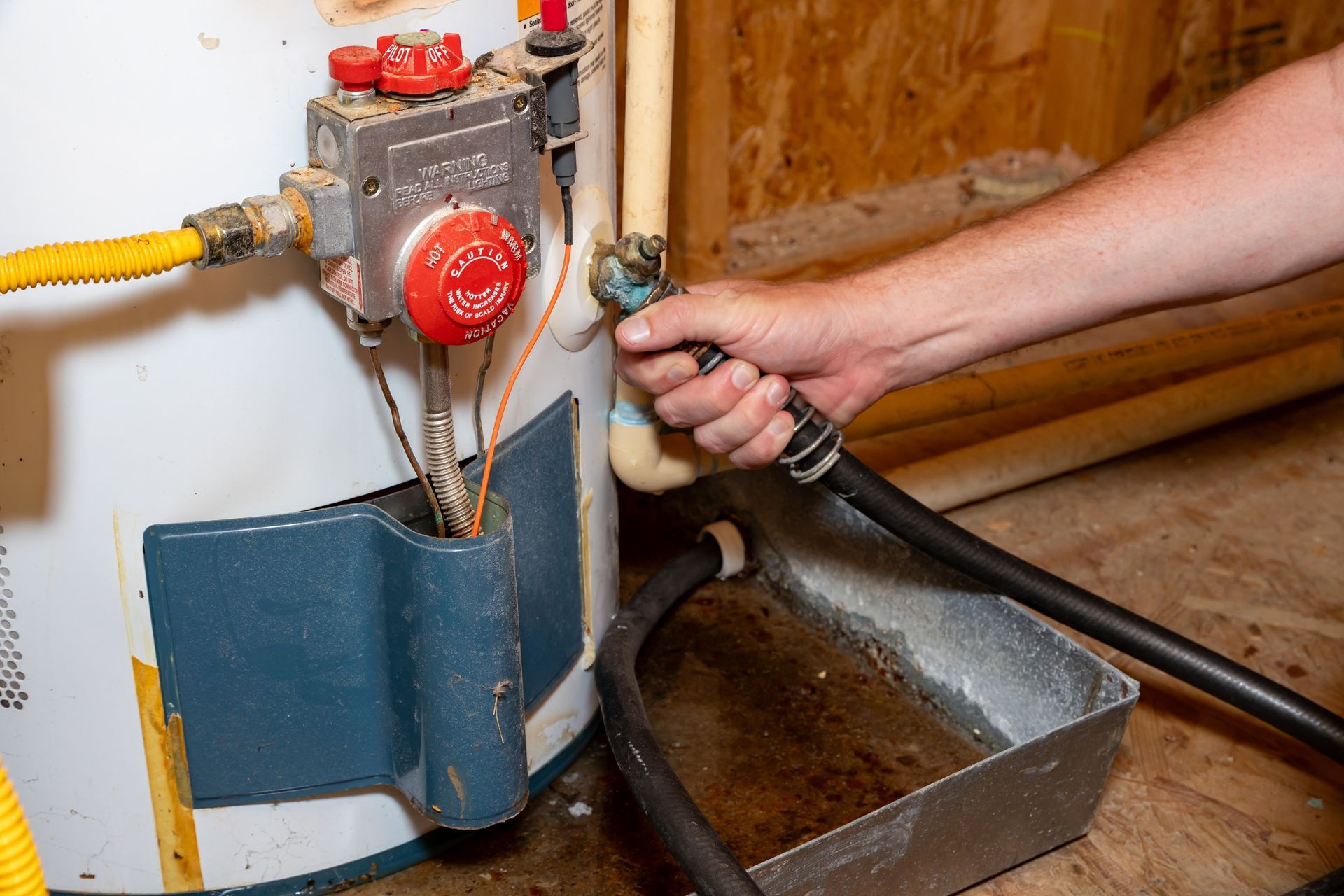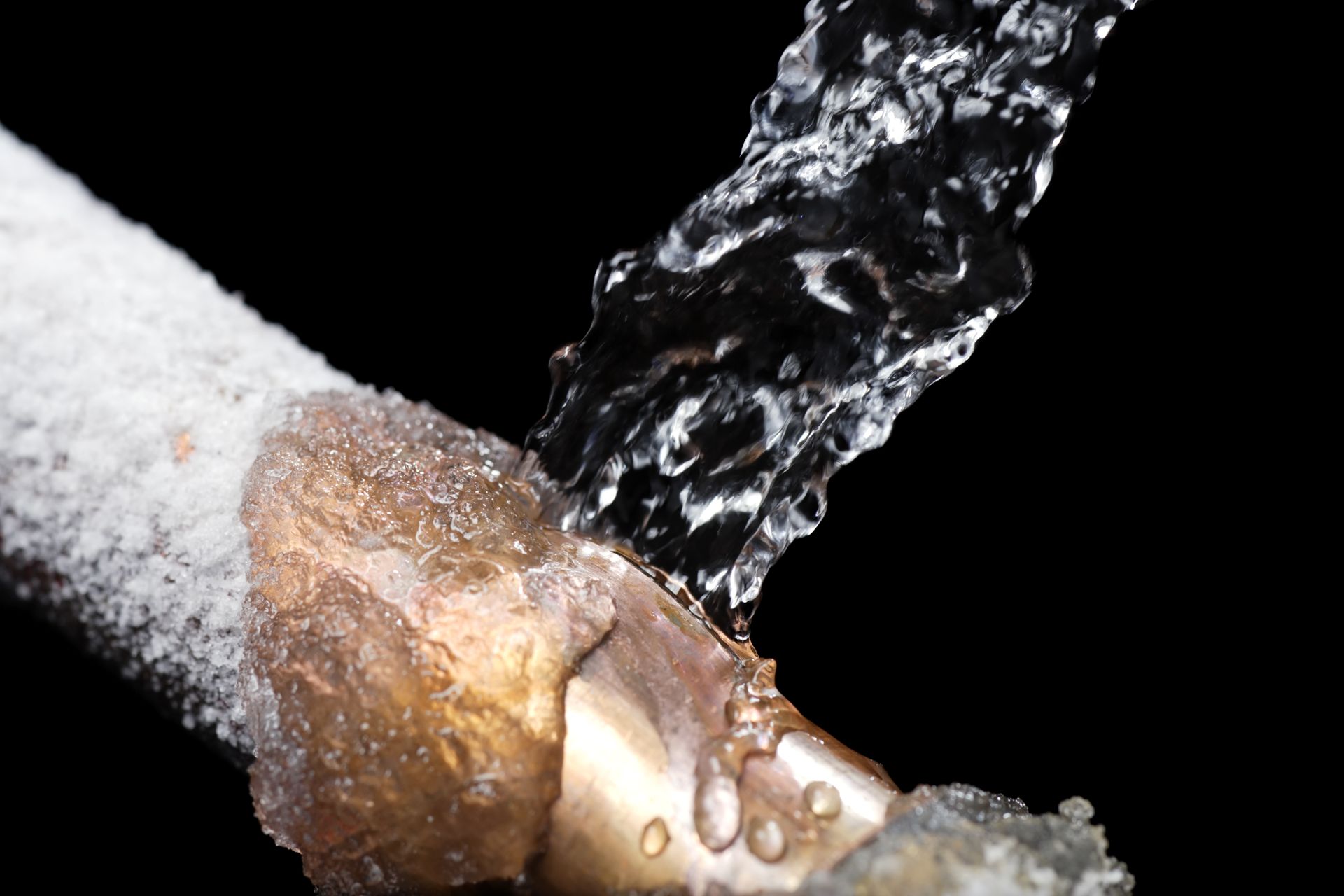How to Tell if Your Septic Tank is Full
BDP Plumbing and Heating has been a trusted name for over a decade. We serve both home and business owners in Morris and Sussex Counties. We know how crucial septic tank maintenance is. Many homes use septic tanks for wastewater and solid waste, but ignoring them can cause big problems and harm the environment.

A septic tank is key to managing wastewater at home. If you ignore it, you'll face big issues. This article will show you how to spot a full septic tank and give tips for keeping it healthy.
Key Takeaways
- Understanding the importance of regular septic tank maintenance
- Recognizing the signs of a full septic tank
- Tips for maintaining a healthy septic system
- The role of BDP Plumbing and Heating in providing reliable septic services
- Consequences of neglecting septic tank maintenance
Understanding Your Septic System
A well-functioning septic system is key for managing wastewater. Knowing how septic systems work is crucial for keeping your tank healthy. Our skilled technicians are proud of their work and care about your needs. They ensure septic system maintenance is done right.
How Septic Systems Work
A typical septic tank has two main chambers, made of concrete, fiberglass, or plastic. Wastewater from your home goes into the septic tank. Solid waste settles at the bottom, and grease and oils float to the top.
The Tank and Drain Field Components
The septic tank and drain field are vital parts of a septic system. The tank treats wastewater, and the drain field disperses treated wastewater into the soil.
The Biological Breakdown Process
The biological breakdown process involves bacteria that break down organic matter in the tank. This process is key for reducing solid waste and treating wastewater effectively.
Some important aspects of septic system maintenance include:
- Regular inspections to spot issues early
- Pumping the septic tank as needed to prevent overflow
- Being careful about what you flush or pour down drains to avoid clogging
Regular maintenance, including septic tank pumping, is vital for a septic system's proper function.
Common Signs Your Septic Tank is Full
Knowing the signs of a full septic tank is key for homeowners. It helps avoid dangers and expensive fixes. A neglected septic tank can cause big problems, like system failures and harm to the environment.
Slow Drains Throughout Your Home
Slow drains in sinks, toilets, and showers are a common sign. If water drains slowly, your septic tank might be full.
Multiple Fixtures Affected Simultaneously
Slow drains in many places at once point to a full septic tank. A full tank can block your plumbing, affecting many drains.
Unpleasant Odors Inside and Outside
Strong, sewage smells inside or outside are another sign. If you smell these odors, it means your septic tank needs pumping.
These smells can come from:
- Near the drain field or septic tank
- In your sinks, toilets, and showers
- In your laundry room or near washing machines
To keep your septic system working right, stay on top of maintenance. Spotting a full septic tank early helps avoid big problems and keeps your system running smoothly.
Make the Right Choice with BDP by knowing these signs and acting fast to care for your septic system.
Visual Indicators of a Full Septic Tank
A full septic tank can show itself in different ways. Homeowners need to know these signs to avoid big problems. Spotting them early can save money and keep everyone safe.
Pooling Water Around the Drain Field
Pooling water around the drain field is a common sign. It happens when the septic tank is full. This makes the drain field too wet, causing water to pool on the ground.
Unusually Lush or Green Grass Over the Tank
Unusually lush or green grass over the septic tank is another sign. A full tank leaks nutrients into the soil. This makes the grass above it grow greener than the rest.
Identifying Normal vs. Problematic Ground Conditions
It's key to tell normal from bad ground conditions. Some water pooling after rain is okay. But if it keeps happening, even when it's dry, it's a problem.
- Check for consistent pooling water in the drain field.
- Observe if the grass over the tank is significantly greener than the rest of the lawn.
- Monitor the ground conditions over time to identify any changes.
By watching for these signs, homeowners can catch septic tank problems early. Regular checks and upkeep can stop big issues and keep the system working well.
How to Tell if Your Septic Tank is Full Without Professional Help
While getting a professional to check your septic tank is best, you can also do it yourself. Our skilled technicians are always ready to help. But we also think it's smart to check your septic system yourself.
You can use a sludge judge or measuring stick to see how full your tank is. Checking it often can spot problems early. This can save you from expensive fixes later.
Using a Sludge Judge or Measuring Stick
A sludge judge or measuring stick is a simple tool for checking your septic tank's sludge level. It's easy to use once you know how your septic system works.
Step-by-Step Measurement Process
- Find the inspection port or access point to your septic tank.
- Open the port and put the sludge judge or measuring stick into the tank.
- Move the stick up and down to find the sludge level.
- Mark the level on the stick and compare it to the tank's liquid level.
"Regular maintenance is key to extending the life of your septic system," it helps you catch problems early. Using a sludge judge or measuring stick is a good first step in keeping your system in check.
Checking the Septic Tank's Inspection Ports
Another way to see if your septic tank is full is by looking at the tank's inspection ports. These ports let you see inside the tank and check the sludge level.
By regularly checking your septic tank this way, you can keep it running well. This reduces the chance of system failures and expensive repairs.
When to Schedule Professional Septic Tank Pumping
Knowing when to pump your septic tank can prevent big problems and save money. Regular pumping keeps your system running smoothly. It's key to maintaining your septic system.
Recommended Pumping Frequency
The pumping schedule depends on your tank size and household size. Most experts say pump every 3 to 5 years.
Family Size Considerations
Family size affects how often you need to pump your tank. For example:
- One or two people might pump every 5 to 7 years.
- Three or four people might pump every 3 to 5 years.
- Five or more people might pump every 1 to 3 years.
Factors That Affect Pumping Schedule
Other things can also change when you need to pump your tank:
- Water Usage: Using a lot of water means you might need to pump more often.
- Presence of Garbage Disposals: Garbage disposals add solids, so you might need to pump more.
- Age of the Septic System: Older systems might need more frequent pumping.
Understanding these factors and pumping regularly can help your septic system last longer. It also saves you from expensive repairs. Our company offers professional septic tank pumping at affordable prices.
Consequences of Ignoring a Full Septic Tank
Ignoring a full septic tank can harm your health, the environment, and your wallet. A neglected septic tank can cause many problems. These issues affect your home and the ecosystem around it.
Health Hazards and Environmental Concerns
A full septic tank can make untreated sewage surface. This can pollute your yard and nearby water. It can spread diseases and make your living space unhealthy. It also harms local wildlife and water quality.
"The failure to properly maintain septic systems is a significant source of water pollution, particularly in rural areas where septic systems are common." — Environmental Protection Agency
Costly Repairs and System Failures
Not taking care of your septic tank can lead to system failures. These failures are not only a hassle but also costly to fix or replace. Regular pumping and checks can spot problems early.
Comparing Maintenance Costs vs. Replacement Costs
Let's look at the financial side. Maintenance, like pumping, costs $200 to $500. But, if your system fails, replacing it can cost over $10,000.
We aim to offer quick and reliable services. We want to make sure your septic system works well. Knowing the risks of ignoring a full septic tank helps homeowners avoid costly and dangerous problems.
| Service | Cost Range |
|---|---|
| Septic Tank Pumping | $200 - $500 |
| Septic System Replacement | $3,000 - $10,000+ |
| Regular Inspections | $100 - $300 |
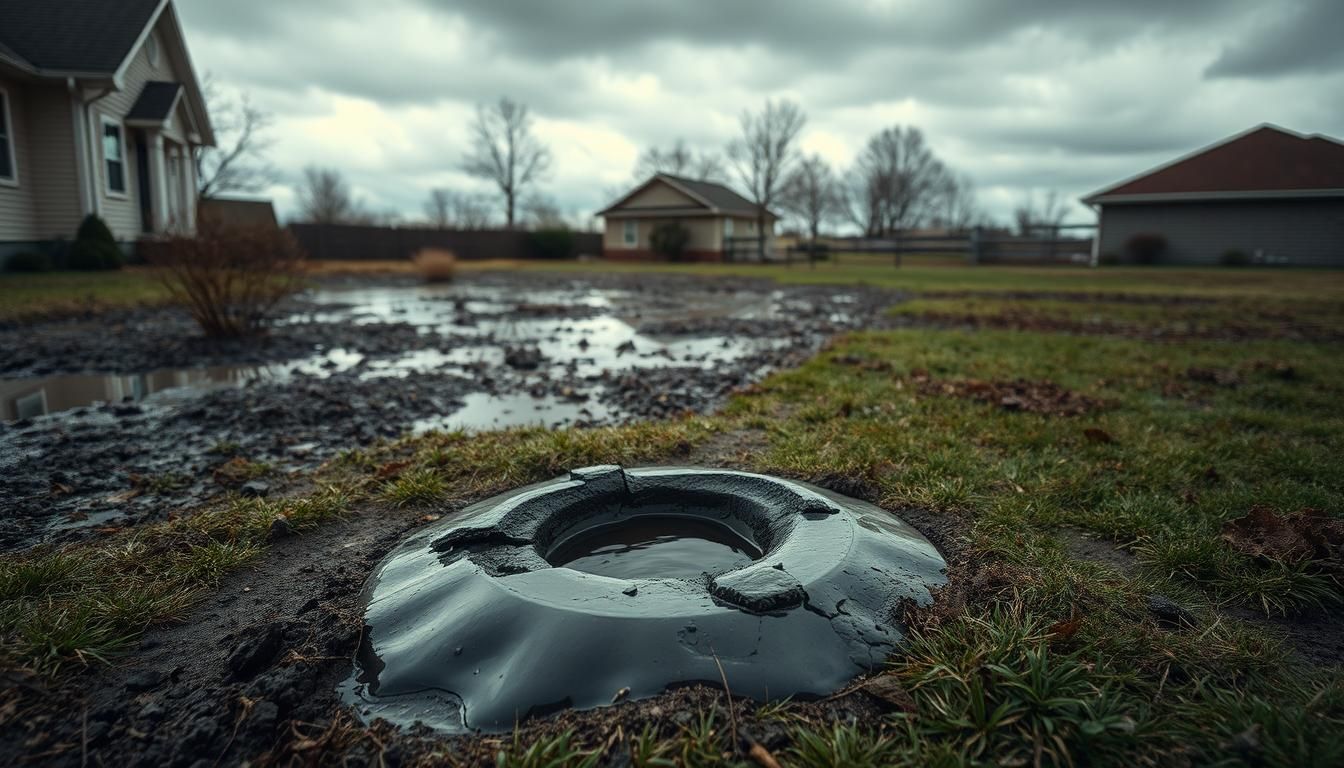
Preventative Maintenance to Extend Time Between Pumpings
Keeping your septic system in good shape can help you avoid frequent pumpings. Simple steps can make your septic system last longer and save you money on repairs.
Water Conservation Strategies
Conserving water is key to reducing the load on your septic system. High-efficiency fixtures and appliances are essential in this effort.
High-Efficiency Fixtures and Appliances
Using low-flow showerheads, toilets, and faucets can cut down water use. Also, choose appliances like front-loading washing machines that use less water. This helps a lot with water conservation.
What Not to Flush or Pour Down Drains
It's important to know what not to flush or pour down your drains. Avoid flushing wet wipes, sanitary products, and too much toilet paper. These can cause clogs and upset the system's balance.
Don't pour cooking oils, chemicals, and paint down your drains either. These can harm the bacteria that break down waste in your septic tank. Being careful about what you dispose of through your plumbing helps your septic system work better.
By following these preventative maintenance tips, homeowners can extend the time between septic tank pumpings. It also helps the environment. Choose to take care of your septic system with BDP today.
Septic System Considerations for Morris and Sussex County Homeowners
Morris and Sussex County have unique features that affect your septic system. It's key for homeowners to know the local rules for septic care.
Local Regulations and Requirements
Our skilled technicians focus on meeting local standards. In Morris and Sussex County, there are rules for septic setup, upkeep, and checks. Knowing these rules can avoid fines and keep your system running well.
Regional Soil and Weather Factors
Soil and weather in Morris and Sussex County matter a lot for your septic. The soil type here can change how your system works. Weather also affects the soil and groundwater.
How Seasonal Changes Affect Your System
Seasons can really change how your septic system works. Heavy rain or snowmelt can make the soil too wet, causing problems. On the other hand, dry spells can shrink the soil, affecting drainage. Knowing these changes helps you keep your septic in good shape.
Being mindful of these factors can help Morris and Sussex County homeowners keep their septic systems healthy. This reduces the chance of system failures and expensive fixes. Our technicians know the local conditions well and can offer advice just for you.
Conclusion: Maintaining a Healthy Septic System
Keeping your septic system in good shape is key. Knowing when it's full and taking care of it early can save you money. Homeowners in Morris and Sussex Counties can keep their systems running well for longer.
BDP Plumbing and Heating is here to help. We offer quick, reliable, and professional services. Our team works hard to keep your septic system healthy with regular checks and pumping.
Don't ignore your septic tank. Neglect can lead to health risks, harm the environment, and cost you a lot. With proper care, your septic system can serve you for many years.
Frequently Asked Questions About Full Septic Tanks
How often should I have my septic tank pumped?
Pumping frequency depends on family size, water use, and tank size. Most experts suggest every 3-5 years.
What are the signs of a full septic tank?
Signs include slow drains, bad smells, water pooling, and very green grass over the tank.
Can I check my septic tank's level myself?
Yes, you can use a sludge judge or measuring stick. But, a pro inspection is best for accuracy.
What are the consequences of ignoring a full septic tank?
Ignoring it can harm health, the environment, and cost a lot. It can also cause system failures.
How can I maintain a healthy septic system?
Use water wisely and think about what you flush. This helps avoid frequent pumpings.
Are there any local regulations or requirements for septic systems in Morris and Sussex Counties?
Yes, there are rules for septic systems in Morris and Sussex. Knowing them keeps your system healthy.
How do regional soil and weather factors affect my septic system?
Soil and weather can change how your septic system works. Knowing this helps keep it running well.
What is the recommended pumping frequency for a septic tank in Morris and Sussex Counties?
Pumping frequency changes based on family size and water use. A pro can help find the right schedule for you.
Can a full septic tank cause health hazards?
Yes, a full tank can be unhealthy if not fixed. It's crucial to handle problems quickly to stay safe.



